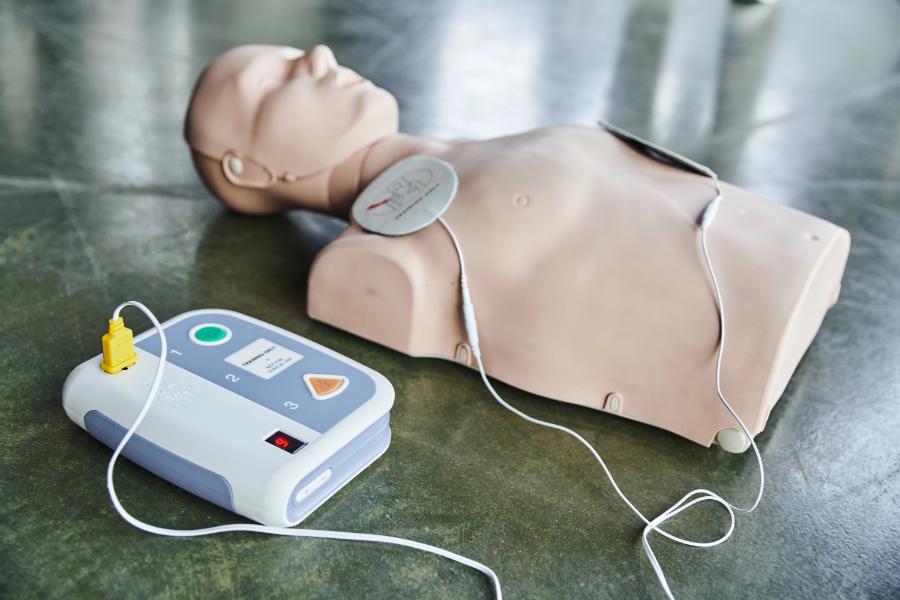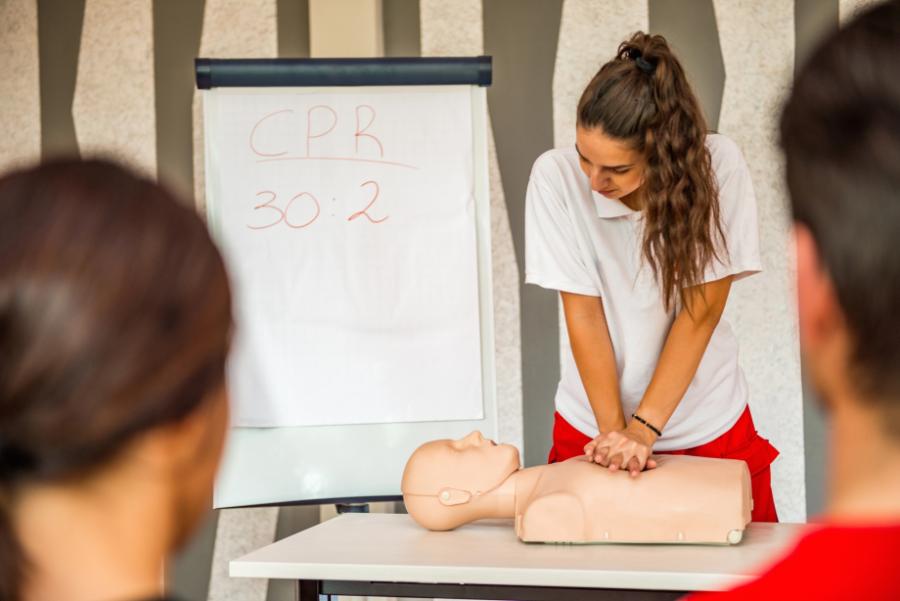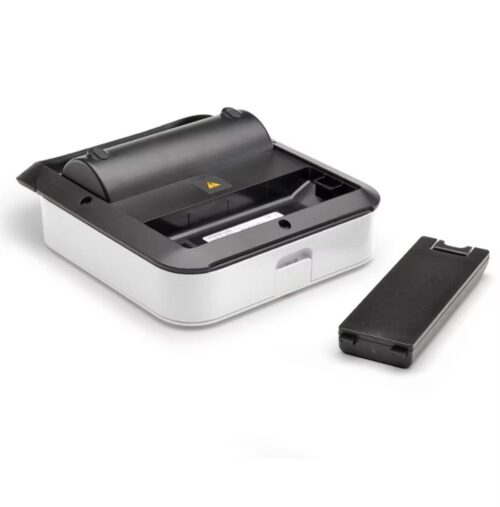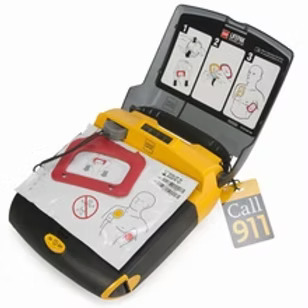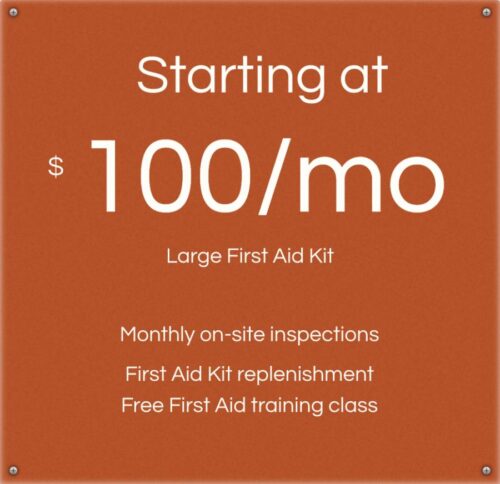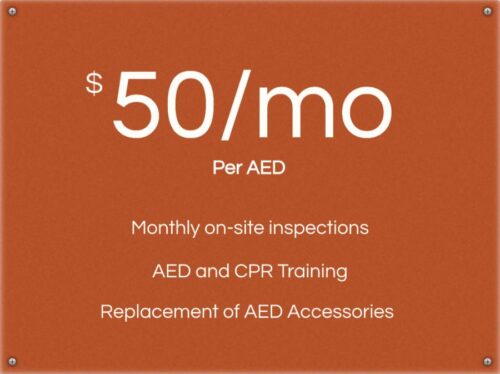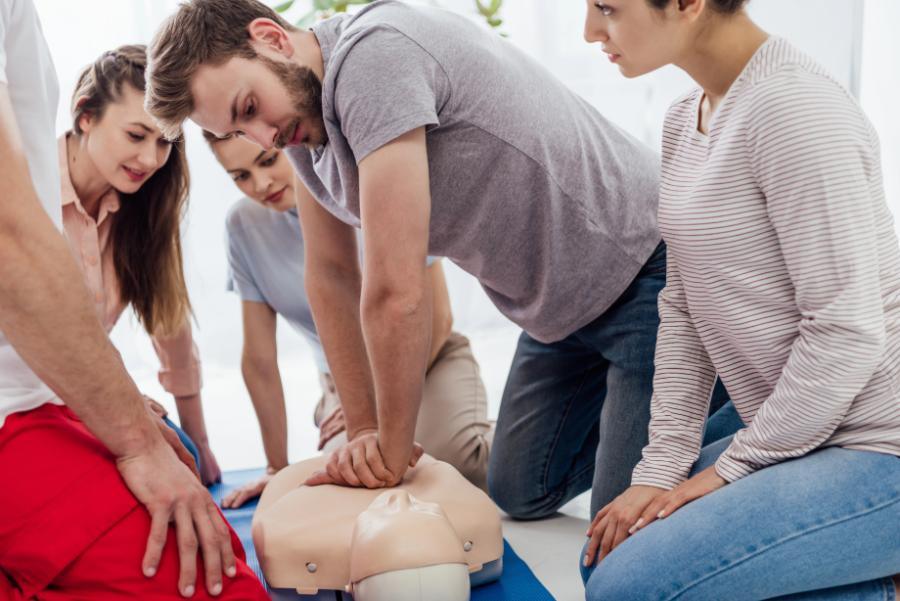
In an emergency, knowing how to perform Cardiopulmonary Resuscitation (CPR) and Basic Life Support (BLS) can be the difference between life and death. CPR is a lifesaving technique that involves chest compressions and rescue breaths to help maintain blood flow and oxygen supply when someone’s heart stops beating or they stop breathing. BLS takes things a step further. It includes CPR but also covers essential skills like using an automated external defibrillator (AED) and applying first aid in critical situations.
Understanding CPR and BLS: The Basics Everyone Should Know
These crucial skills are essential for everyone to learn, especially in a bustling metropolitan area like Phoenix, where emergencies can strike at any moment. Whether it’s a heart attack on the street, a choking incident at a restaurant, or a drowning accident at a pool party, having the knowledge and confidence to administer CPR and BLS can significantly increase the chances of survival until professional medical help arrives.
The Importance of CPR and BLS Certification
While the basics of CPR and BLS can be learnt online or at community workshops, obtaining official certification is highly recommended. Every LP-certified learner has undergone comprehensive training and demonstrated their competency in performing these lifesaving techniques correctly and effectively. It not only builds your confidence in a crisis but also shields you from legal liability—so you can act with total peace of mind.
The Evolution of CPR and BLS Training
The methods of teaching CPR and BLS evolved over the years. Traditional training methods involved classroom-based instruction, with instructors demonstrating techniques on mannequins and students practicing in a controlled environment. While effective, these methods were often time-consuming and required scheduling conflicts to be resolved.
With advancements in technology and a growing demand for accessible training, modern CPR and BLS training has evolved to become more efficient and engaging. From video-based tutorials to interactive simulations, learners can now acquire these critical skills in a variety of formats tailored to their needs and learning styles.
Tech Innovations Leading the Charge in CPR and BLS Training
The integration of technology into CPR and BLS training has revolutionized the way we learn and practice these lifesaving techniques. Virtual reality (VR) has emerged as a game-changer, allowing learners to immerse themselves in realistic emergency scenarios and practice their skills in a safe, controlled environment. VR simulations can recreate various settings, such as an office, a park, or even a busy Phoenix street, providing a sense of authenticity and helping trainees develop situational awareness.
Mobile apps have also become invaluable tools for CPR and BLS training. Many apps offer step-by-step instructions, practice quizzes, and even real-time feedback on compression depth and rate. For residents of Phoenix and the surrounding areas, apps like PulsePoint can alert CPR-trained individuals to nearby emergencies, empowering them to respond quickly and potentially save lives.
Smart Devices and Connected Technologies
Tech is pushing past VR headsets and phone apps. Slip on a smart wearable and it tracks and provides real-time feedback on your compression quality; a Bluetooth-enabled mannequin streams your stats straight to the instructor for pinpoint coaching. Instant, personalized feedback means you lock in muscle memory faster—and walk away rescue-ready.
E-Learning: Bringing CPR and BLS Training to Your Fingertips
In today’s fast-paced world, online CPR and BLS certification courses have become increasingly popular, offering convenience and flexibility for learners. These e-learning platforms allow individuals to complete their training at their own pace, eliminating the need for scheduling conflicts or commuting to physical locations.
While traditional in-person classes still have their merits, such as hands-on practice and instructor guidance, online courses provide a viable alternative for those with busy schedules or living in remote areas around Phoenix. Many reputable organizations now offer fully accredited online CPR and BLS certification programs, ensuring that learners receive the same quality of instruction as their in-person counterparts.
Balancing Convenience and Efficacy
However, it’s essential to strike a balance between convenience and efficacy when it comes to e-learning for CPR and BLS. While online courses offer theoretical knowledge and demonstrations, hands-on practice remains crucial for developing muscle memory and confidence in performing these techniques. Many e-learning platforms address this by requiring learners to attend a brief in-person session for practical evaluation and certification.
The Role of Simulation in Enhancing CPR and BLS Skills
One of the most significant advancements in CPR and BLS training has been the integration of high-fidelity simulation. These state-of-the-art mannequins can mimic various physiological responses, such as breathing, pulse, and even pupil dilation, providing a realistic and immersive training experience.
Simulation-based training allows learners to practice their skills in a safe and controlled environment, replicating various emergency scenarios they may encounter in real life. For example, a simulation might involve a choking incident at a restaurant or a cardiac arrest at a shopping mall. Such dynamic, true-to-life challenges push trainees to think critically and apply knowledge with precision, building confidence for real-world readiness.
Building Confidence and Competency
By exposing learners to these simulated emergencies, CPR and BLS training programs in Phoenix can help build confidence and competency in handling real-life situations. Simulation also allows instructors to provide immediate feedback and guidance, helping learners identify areas for improvement and refine their techniques.
Gamification: Making CPR and BLS Training Engaging and Fun
While CPR and BLS training are undoubtedly serious subjects, incorporating elements of gamification can make the learning experience more engaging and enjoyable. Gamification involves introducing game-like mechanics, such as points, levels, badges, and leaderboards, to motivate learners and enhance skill retention.
Many CPR and BLS training programs have embraced gamification by developing interactive apps and simulations that turn the learning process into a fun and rewarding experience. For example, learners might earn points for correctly performing chest compressions or unlock new levels by demonstrating proficiency in different skills.
Enhancing Motivation and Engagement
Unlock peak performance in CPR and BLS training through the power of gamification. By strategically tapping into our natural drive for achievement and healthy competition, gamified modules transform essential practice into an engaging experience. This innovative approach doesn’t just motivate; it actively encourages the vital repetition needed to master lifesaving techniques, ensuring learners stay sharply focused and highly proficient.
The Future of CPR and BLS Training: What’s Next?
As technology continues to evolve at a rapid pace, the future of CPR and BLS training holds exciting possibilities. One potential advancement on the horizon is the integration of artificial intelligence (AI) into training programs. AI-powered virtual instructors could provide personalized feedback and adapt the learning experience based on each individual’s strengths and weaknesses.
Another intriguing concept is the use of drone technology for delivering medical aid. In the event of an emergency, drones equipped with AEDs or other lifesaving equipment could be dispatched to the scene, potentially reducing response times and increasing the chances of survival.
Augmented Reality and Wearable Tech
Furthermore, the rise of augmented reality (AR) and wearable technologies could revolutionize the way we learn and practice CPR and BLS. AR overlays could provide real-time instructions and guidance during training sessions, while wearable devices could monitor and provide feedback on technique and performance.
As these innovative technologies continue to emerge, CPR and BLS training programs in Phoenix and beyond will undoubtedly adapt and evolve, ensuring that learners have access to the most cutting-edge and effective training methods available.
Navigating Certification in Phoenix: Tips and Resources
For those in the Phoenix area seeking to obtain their CPR and BLS certification, several reputable training centers and resources are available. Both in-person and online options exist, catering to different learning preferences and schedules.
In-Person Training Centers
Several well-known organizations, such as the American Red Cross and the American Heart Association, offer in-person CPR and BLS certification courses in Phoenix. These courses typically involve classroom instruction, hands-on practice with mannequins, and a practical evaluation to demonstrate proficiency.
Other local training providers, such as LP Health Directions, also offer comprehensive in-person CPR and BLS certification programs. These smaller, specialized organizations often provide more personalized instruction and flexible scheduling options.
Online Certification Programs
For those seeking the convenience of online training, various accredited e-learning platforms are available. Organizations like the American Health and Safety Institute and ProTrainings offer fully online CPR and BLS certification courses that can be completed at your own pace. While these programs provide theoretical knowledge and demonstrations, learners may still need to attend a brief in-person session for practical evaluation and certification.
Local Resources and Community Initiatives
In addition to traditional training centers, Phoenix residents can explore various community resources and initiatives that offer CPR and BLS certification opportunities. Many local fire departments, hospitals, and community centers host regular certification courses or workshops, sometimes at discounted rates or even free of charge.
Organizations like the Phoenix Revive Initiative and the Arizona Cardiovascular Institute also promote CPR and BLS training through community outreach programs, empowering residents to become better prepared for emergencies.
FAQs: Your Questions About CPR and BLS Training Answered
How long does CPR and BLS training take?
The duration of CPR and BLS training can vary depending on the program and certification level. Generally, basic CPR certification courses can be completed in a single day (around 4-6 hours), while more comprehensive BLS certification may take up to 8 hours or span multiple sessions.
How much does CPR and BLS certification cost?
The cost of CPR and BLS certification can range from $50 to $150 or more, depending on the provider, location, and level of certification. Some employers or organizations may cover the cost of certification for their employees or members.
How often do I need to renew my CPR and BLS certification?
Most CPR and BLS certifications are valid for 2 years before requiring renewal. However, it’s essential to check with your specific certification provider for their recertification requirements and timelines.
Is CPR and BLS training really necessary for non-medical professionals?
Absolutely! While healthcare professionals and first responders are required to obtain CPR and BLS certification, these lifesaving skills are valuable for everyone. Emergencies can happen anywhere, and being prepared to respond quickly can make a significant difference in saving lives.
Can CPR and BLS training really save lives?
Yes, CPR and BLS training can undoubtedly save lives. Studies have shown that immediate bystander CPR can double or triple a victim’s chances of survival in cases of cardiac arrest. Additionally, proper BLS techniques can help stabilize individuals experiencing various medical emergencies until professional help arrives.
By staying informed and addressing common concerns, you can feel confident in pursuing your CPR and BLS certification, knowing that you’ll be equipped with the knowledge and skills to potentially save lives in an emergency situation.


